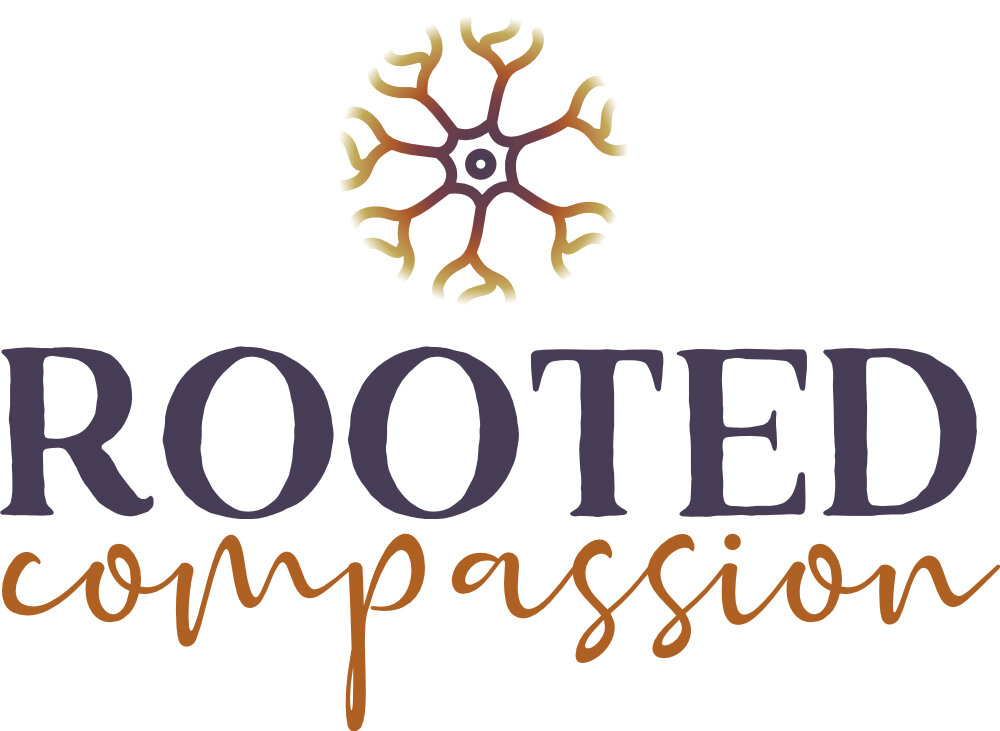
Blog

Progress, Not Perfection
Ohio and Virginia licensed therapist, Megan Kopack, explores her thought process in the form of self-reflection and kindness to self and others.

Applied Polyvagal Theory in Therapeutic Yoga: Part Four
Cincinnati therapist, Megan Kopack, shares the relationship between Polyvagal Theory and Therapeutic Yoga in Part 4 of her blog series: Applied Polyvagal Theory in Therapeutic Yoga.

Finding Balance in Therapy with "The Three Gunas": Part Three in the series About Applied Polyvagal Theory in Therapeutic Yoga
Cincinnati therapist, Megan Kopack, discusses how she implements yogic concepts into her practice with clients.

Cincinnati Therapist Explains How Our Nervous System is Constantly Looking for Safety: Part Two in the Series About Applied Polyvagal Theory in Therapeutic Yoga
In my mind, as a therapist and Polyvagal Theory enthusiast, I often compare neuroception to a home security system within our bodies. If our home security system is set and there are no intruders, there is no reason to be alerted, thus, we can feel safe and protected.

Therapy Can Be More than Talking: Learn How Applied Polyvagal Theory in Therapeutic Yoga Works and How It Can Benefit You
Simply put, Applied Polyvagal Theory in Therapeautic Yoga is the integration of Polyvagal Theory with the mindfulness, breathwork, postures, and movements associated with yoga.
Through this approach, we are encouraged to integrate the understanding of our nervous system states with sensory awareness. This is done through interoception, exteroception, and proprioception. We are then able to learn how to recognize and respond effectively to various nervous system states, which improves our ability to tolerate distress.

The Reality of Mental Health Counseling and Defining the Role of Therapist
I invite you to consider your first exposure to therapy. Was it meeting with a therapist? Seeing a therapist on TV or in a movie? Hearing about it from a friend?
There is a pretty good chance our first impressions of therapy were at least slightly inaccurate (guilty!). Therapy extends beyond common misconceptions that you must be mentally ill, a “difficult” child, or “weak” to receive services.
I’m here to say that choosing to go to therapy might be one of the hardest, and most gratifying, decisions you could ever make.

Pandemics & Pranayama
“What even is a pandemic?”, I ask myself as I’m scrolling Facebook and reading about a new, novel virus that was spreading quickly across the globe and leaving many ill. As most of us know, the pandemic hit a lot of people hard. And I mean hard. We were unknowingly (and unwillingly) thrust into isolation; separated from our closest family, friends, and loved ones.
As someone who thrived off social energy, this was a huge change for me. I was left feeling lonely, isolated, and needing a way to find connection. FaceTime, Zoom, and phone calls just weren’t cutting it.
